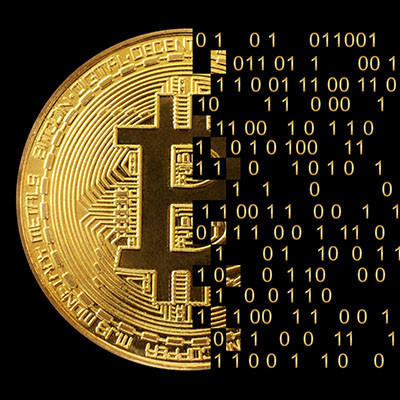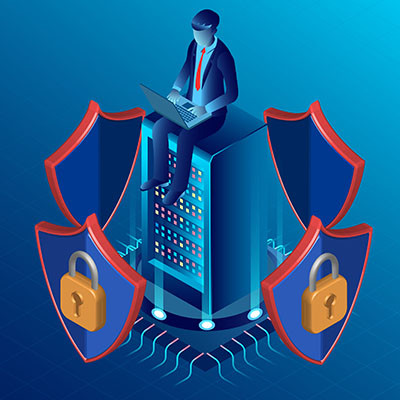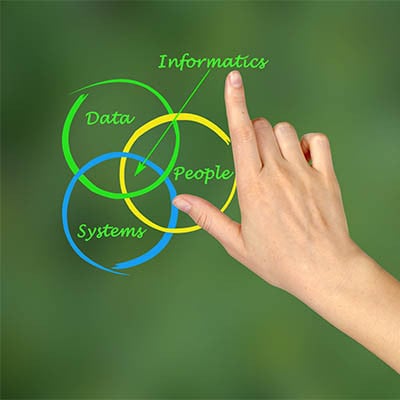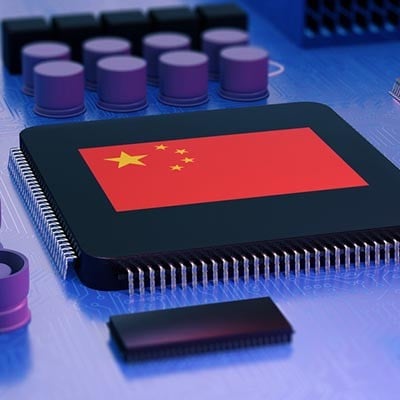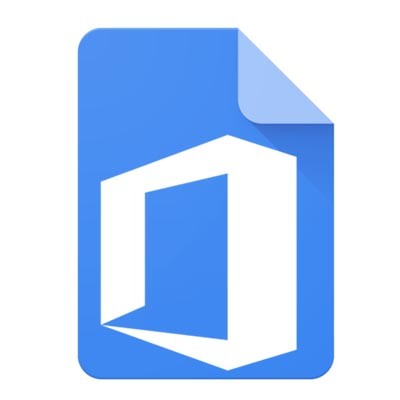SCW Blog
Passwords have been front-and-center for data security since 1960, but even their creator–MIT researcher Fernando Corbató–doesn’t think he should take full credit passwords. In fact, if you brought this up to the researchers who did create them, they would tell you that the security concerns for their time were much more limited.
Privacy for business means a lot more than protecting the data and personal information of clients. It also extends to just about all data collected by a business, including that of the employees. How can you go about protecting this data without also violating the privacy of your employees themselves?
When it comes to your business’ security, your team members can either be your greatest vulnerability or your greatest strength. In order to ensure that the latter is the case, you need to make sure that they are all trained up in the proper security measures. For your convenience, we wanted to share a few tips to help make this training more effective.
Artificial intelligence has taken the world by storm, and with recent improvements to automated technology and machine learning, it should be clear that this technology is not going anywhere anytime soon. With proper implementation, artificial intelligence can help your business cut costs, improve operations, and mitigate unnecessary or repetitive tasks, all of which compounds to create a smoother and more manageable workload for your employees.
Have you ever listened to someone talk about something that they really have a good handle on? One of two things will happen. First, their language will be filled to bursting with buzzwords and jargon that—while they clearly know what it all means—is confusing for a layperson. We can be guilty of this ourselves, so we wanted to take a few moments to take the second option and discuss what they mean in more common terms… and, despite how others may use them, what they don’t.
The 2020 election is months away and traces of it can be seen everywhere. As people quarrel about how social media is being used to interfere with the political process, there is pressure mounting on election officials and tech companies, alike, to do what they can to keep solicitation and corruption out of the ballot box. Let’s take a neutral view of the changes that some online platforms are making to the way that political information is shared.
Big data, or massive data sets that can be used to make inferences and reveal patterns, has become an increasingly important part of modern business and can be leveraged in many different ways. There are a few different options for storing this data available, which the use case for the data will dictate. Here, we’ll evaluate whether a “data lake” or a “data warehouse” would better suit your needs.
Huawei has found itself in an... interesting spot lately. Despite being the top telecom supplier in the world and second in phone manufacturing, many countries have banned the use of the Chinese company’s networking equipment. This is primarily due to the close ties Huawei has with China’s government, and the potential spying Huawei could do.
For some time now, businesses have more or less had to choose between utilizing solutions provided by Google, or those that Microsoft has developed - exclusively. This was because these solutions offered no real inter-compatibility… until now, at least, as Google now allows users to edit Microsoft Office files in Google Docs.
It’s a scene familiar from many science fiction movies: a simulation pulled up on a screen, the effects of some proposed action being predicted and demonstrated, telling the heroes that their plan just might work. As it happens, this kind of process is no longer relegated to the sci-fi genre, and is used practically in many industries. Here, we’ll discuss the phenomenon of the digital twin.
Hypertext Transfer Protocol Secure. Transmission Control Protocol/Internet Protocol. File Transfer Protocol. Internet Message Access Protocol. Post Office Protocol. While it may not be outwardly apparent, we certainly rely on quite a few protocols in order to use our computers and more directly, the Internet, as we do. Today, we’ll introduce you to what a protocol actually is.



